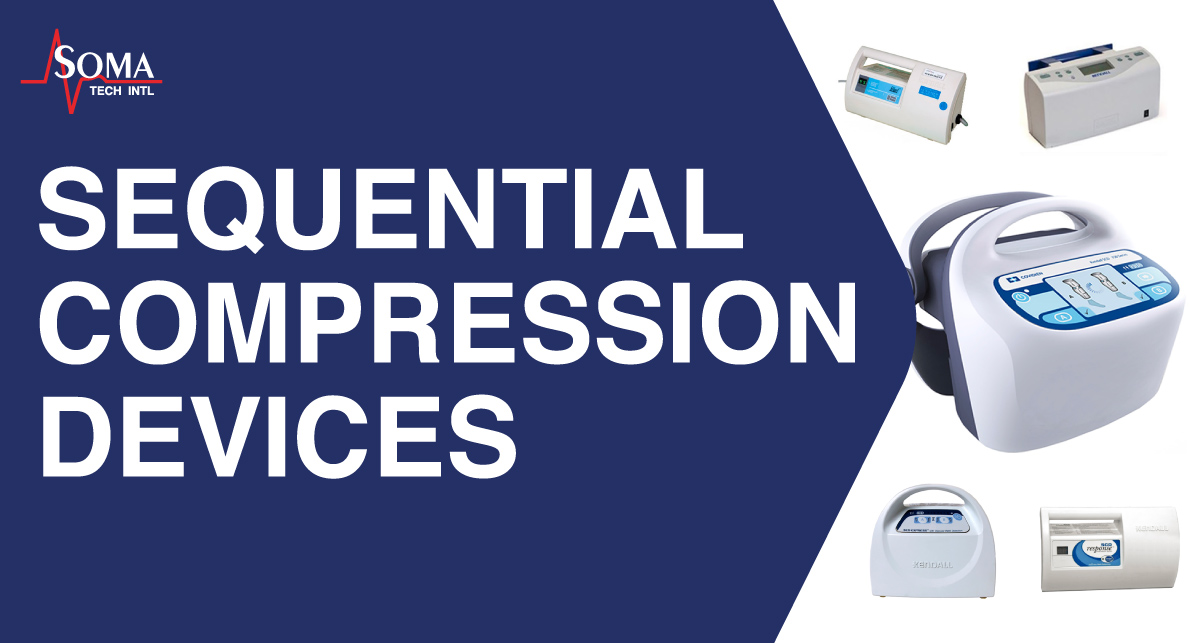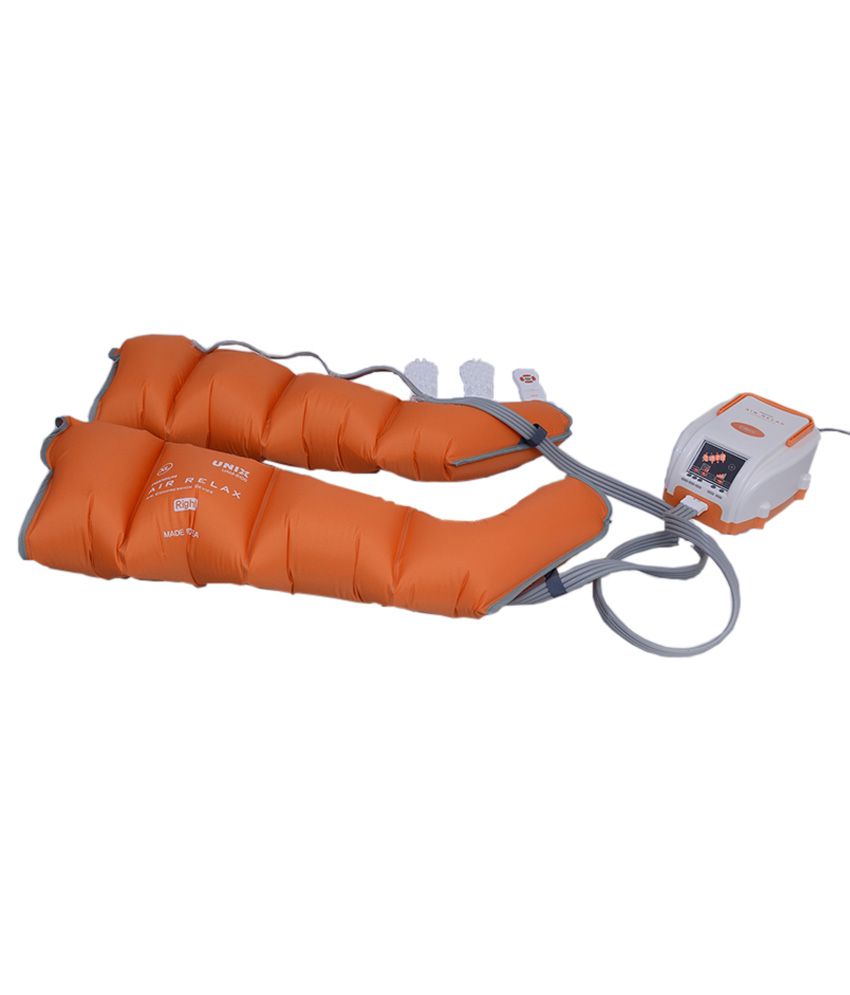
Electrical stimulation had been used to produce muscle contraction, to stimulate the natural muscle pump, 4–6 but the intermittent compression methodology that already existed for treatment of lymphedema was soon adapted as an alternative that was more suitable for postsurgical application, since it was painless.

1–3 The so-called “triad” (stasis, vessel damage, and hypercoagulability) are still accepted influences on thrombogenesis, but it was prevention of stasis alone that drove the development of intermittent compression for prophylaxis of DVT. The link between blood flow velocity and DVT is over a century-and-a-half old, since Rudolf Virchow not only first described DVT and the subsequent risk of pulmonary embolism, but afterward also deduced the causal factors. The origins of the innovations in pump and cuff design are rooted in analysis of blood flow effects. There is no doubt that intermittent compression prevents DVT, but does it require anything more than squeezing the leg once a minute?

Therefore, it is important, when choosing a system for patient care, to understand the hemodynamic reasoning behind its attributes, the validity of those claims, and any medical implications, before cost and compliance are considered. These different attributes naturally have cost implications, and, more importantly, possible influences on patient compliance, which is critical with these methods of prophylaxis the longer they are used, the better the protection. Although in essence all systems rely on a pump periodically inflating and deflating air bladders within cuffs that are wrapped around the limb, the cuffs can cover the calf, or a whole leg, or just the feet, can inflate uniformly, or sequentially with graded pressures, and can have rapid or moderate inflation rates. However, intermittent compression devices, in particular, have developed into a great variety of forms, with little general understanding of the relative efficacy of specific systems. Mechanical methods of deep vein thrombosis (DVT) prophylaxis have, over the last 30 years, gained widespread acceptance for surgical patients and are beginning to become popular in long-distance travel.


 0 kommentar(er)
0 kommentar(er)
